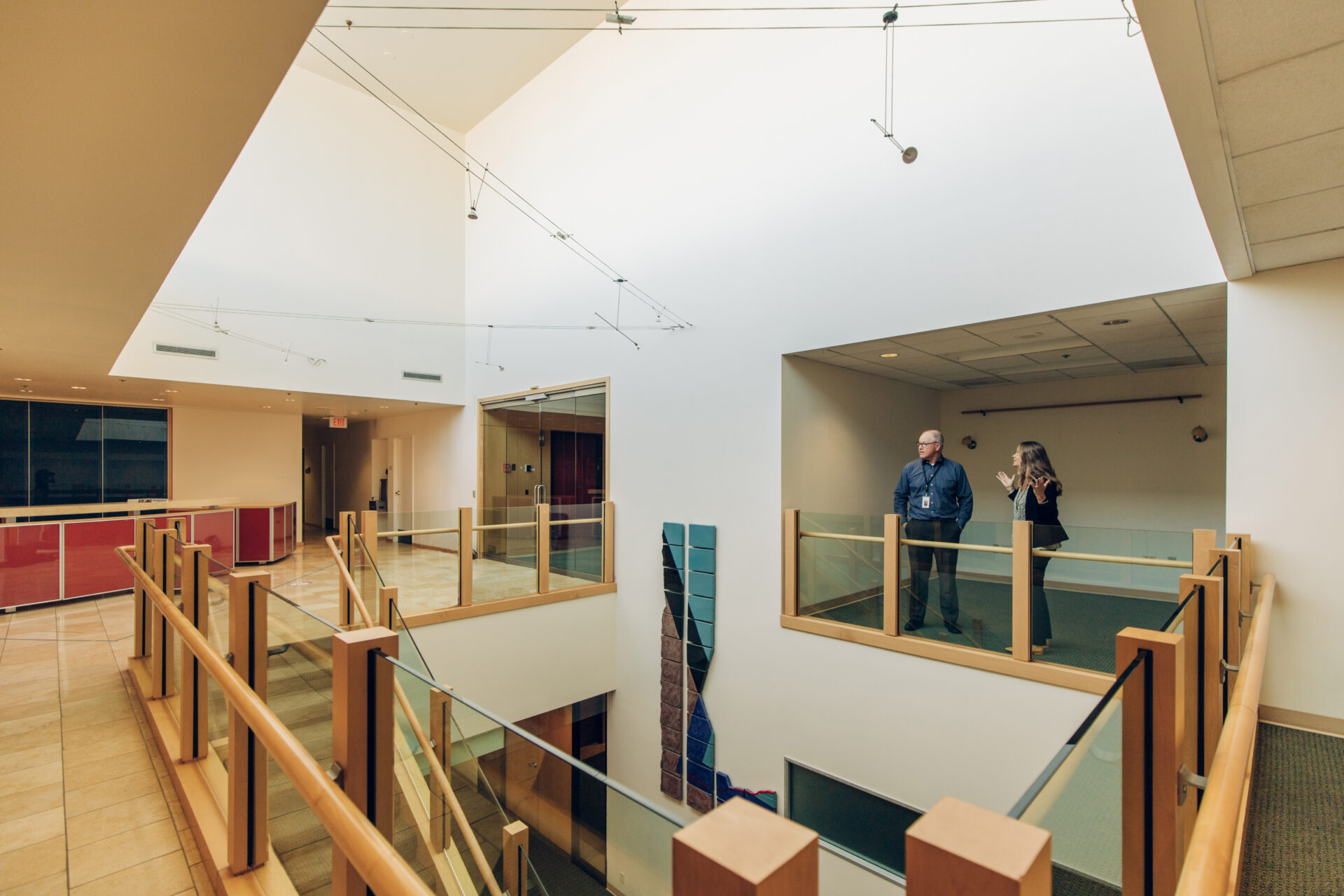In this blog series, we explore commercial real estate questions that are often asked by tenants, landlords, and investors. Have a question that’s not on the list? Feel free to reach out to Peter Andrews, Executive VP of Brokerage at pandrews@melvinmark.com.
What’s the difference between a Triple-Net (NNN), Modified Gross, and Full-Service (FS) lease?
On average in a triple-net (NNN) lease, the tenant is responsible for the base rental rate, insurance, taxes, utilities, operating expenses, and general maintenance costs. In a full-service (FS) lease, the tenant is only responsible for the base rental rate while the landlord takes care of the rest. A modified gross lease is somewhere in between a NNN and FS lease; usually the tenant pays for base rent, taxes, and insurance while some or all operating costs are shared.
Should you sign a short-term or long-term lease?
Whether you choose a short-term lease (usually five or fewer years) or long-term lease depends on several factors including your company’s needs, goals, budget, and flexibility. Each type of lease has its own benefits and a broker who specializes in tenant representation can help you determine which is best for you.
Short-term lease benefits:
- More flexibility: A short-term lease allows you to make changes more easily than a long-term lease, which can be advantageous for startup companies, companies that anticipate downsizing, or companies that may want to relocate.
- Less negotiating: Because the term is shorter, lease negotiations are usually fast when signing a short-term lease.
Long-term lease benefits:
- Added perks: Because long-term leases are appealing to landlords, they may offer added perks like a period of free rent, a larger tenant improvement allowance, or more negotiable lease terms.
- Budget predictions: A long-term lease offers more predictability, which allows you to plan your future budget accordingly.
- Stability in hiring and the ability to create a physical place for work.
What is rent abatement?
Rent abatement is a condition that may be included in a commercial real estate lease that entitles a tenant to only pay some or none of a rent payment for a period of time. Rent abatement may also be offered simply as an incentive for a new tenant or to compete with similar properties.
What makes retail space different from office space?
There are several factors to consider when looking for a retail space. For one, a retail location is often in an area with higher foot traffic as well as higher visibility. Since some or all of a retail business relies on in-person customers, it’s important to have a space that people can find. Retail tenants should also look for a space that offers close proximity to customer parking and is easily accessible. Office tenants, on the other hand, usually don’t rely as much on foot traffic and can consider a location in an area with lower visibility. This also means that office tenants usually pay a lower price per square foot for their space.
What are tenant improvements and who pays for them?
Tenant improvements refer to customized alterations that are made to a space in order to tailor it to the tenant. Who pays for tenant improvements and how the work is carried out depends on what is agreed upon by the landlord and the tenant. The most common types of agreements are:
- Tenant improvement allowance (TIA): The tenant receives a sum of money from the landlord and hires contractors to do the work.
- Build-out: The landlord presents several improvement options to the tenant and the tenant chooses which they prefer. The landlord hires contractors to do the work.
- Discounted rental rate: The tenant receives a reduced rental rate and the tenant hires contractors to do the work.
- Turnkey projects: The tenant submits an improvement plan to the landlord. If approved, the landlord hires contractors to do the work.
How much square footage does a company need per employee?
A company’s square footage depends on a variety of factors including industry, number of employees, workplace strategy, and future growth. In previous years, the average amount of space per person was 100-150 square feet. In 2020, however, the average was 196. Since COVID-19 began, many companies have reconsidered how much space they need; some need less space because their employees work from home while others need more space to allow for comfortable distancing and future growth.
If you’re considering a new office space and aren’t sure how much you need, our brokerage experts are more than happy to help you determine what is best.
Do you need a broker in order to tour commercial spaces?
A tenant doesn’t need a commercial real estate broker to tour vacant spaces. However, an experienced broker is likely to have beneficial contacts and better access to available listings and a deeper understanding of the buildings and available spaces in the market. They can also provide valuable information about the industry, the market, the property, area history, and more. In addition, they can handle lease negotiations and can assist during the final stages of the deal. All of this can make the process easier and more efficient for a tenant.
What makes Melvin Mark-owned buildings different from others?
Melvin Mark has a long history of investing in meaningful properties in the Portland Metro area. As a local company, we focus on building relationships with our tenants and house all of our property managers, building engineers, and maintenance technicians at our headquarters in Downtown Portland. This means they are available to address both building and tenant concerns quickly.
With local experience and attention, we can help you find and lease the perfect space for your office or retail location. Contact us today to get started.
Click here to read part 2 of our blog series and discover common questions from landlords.

